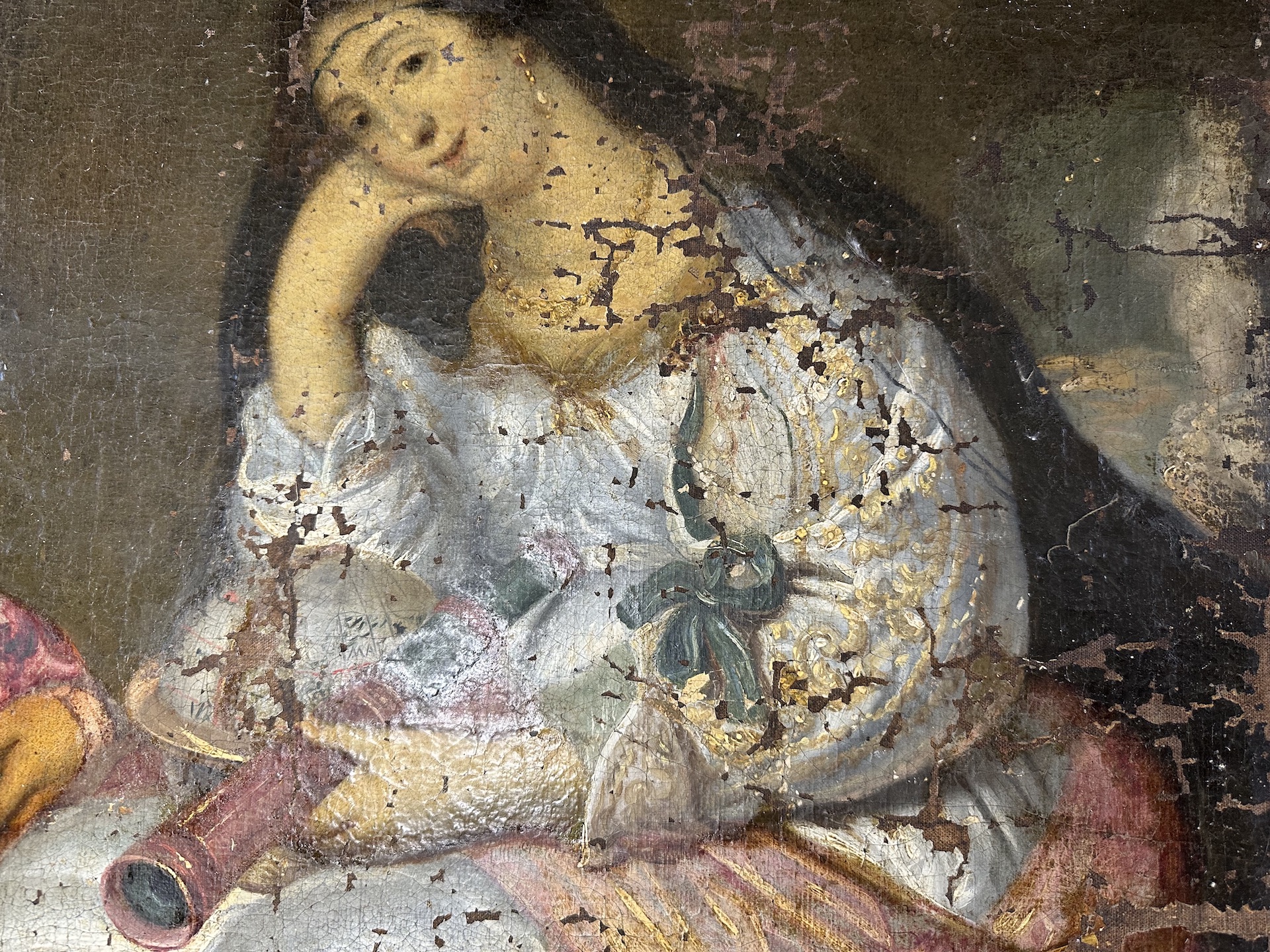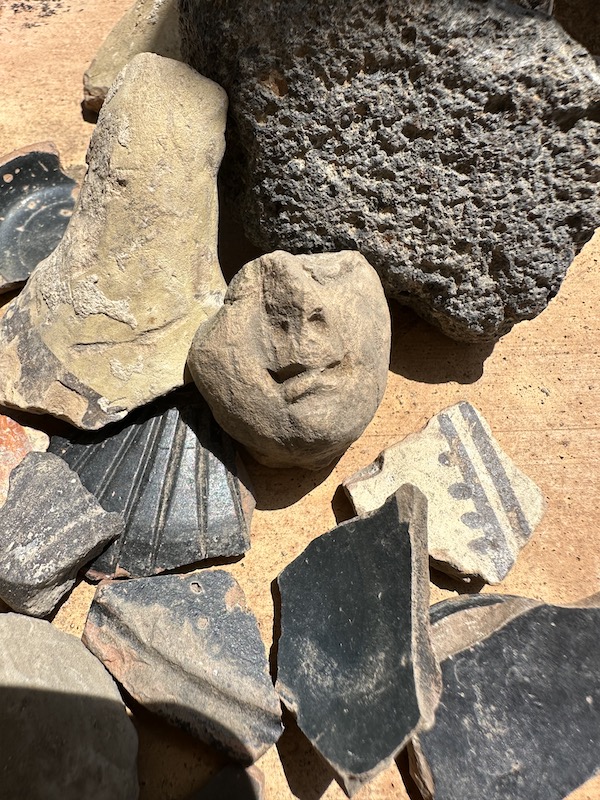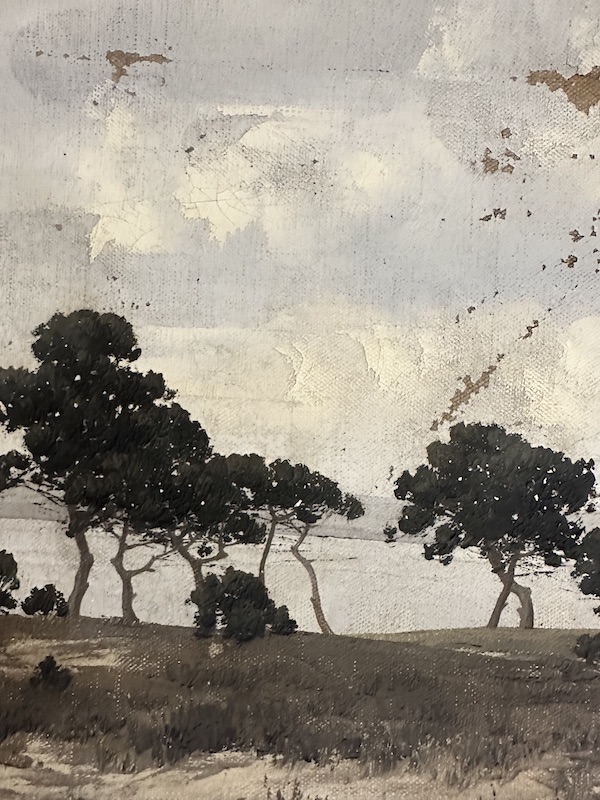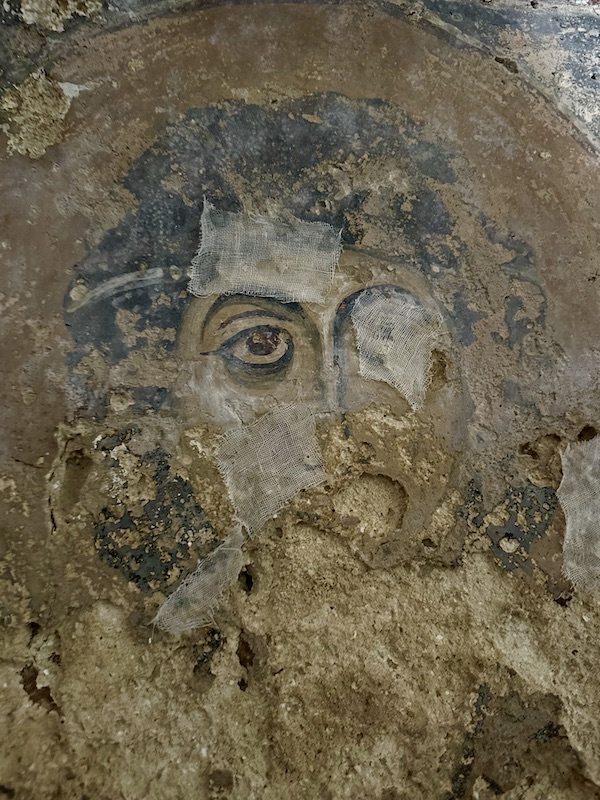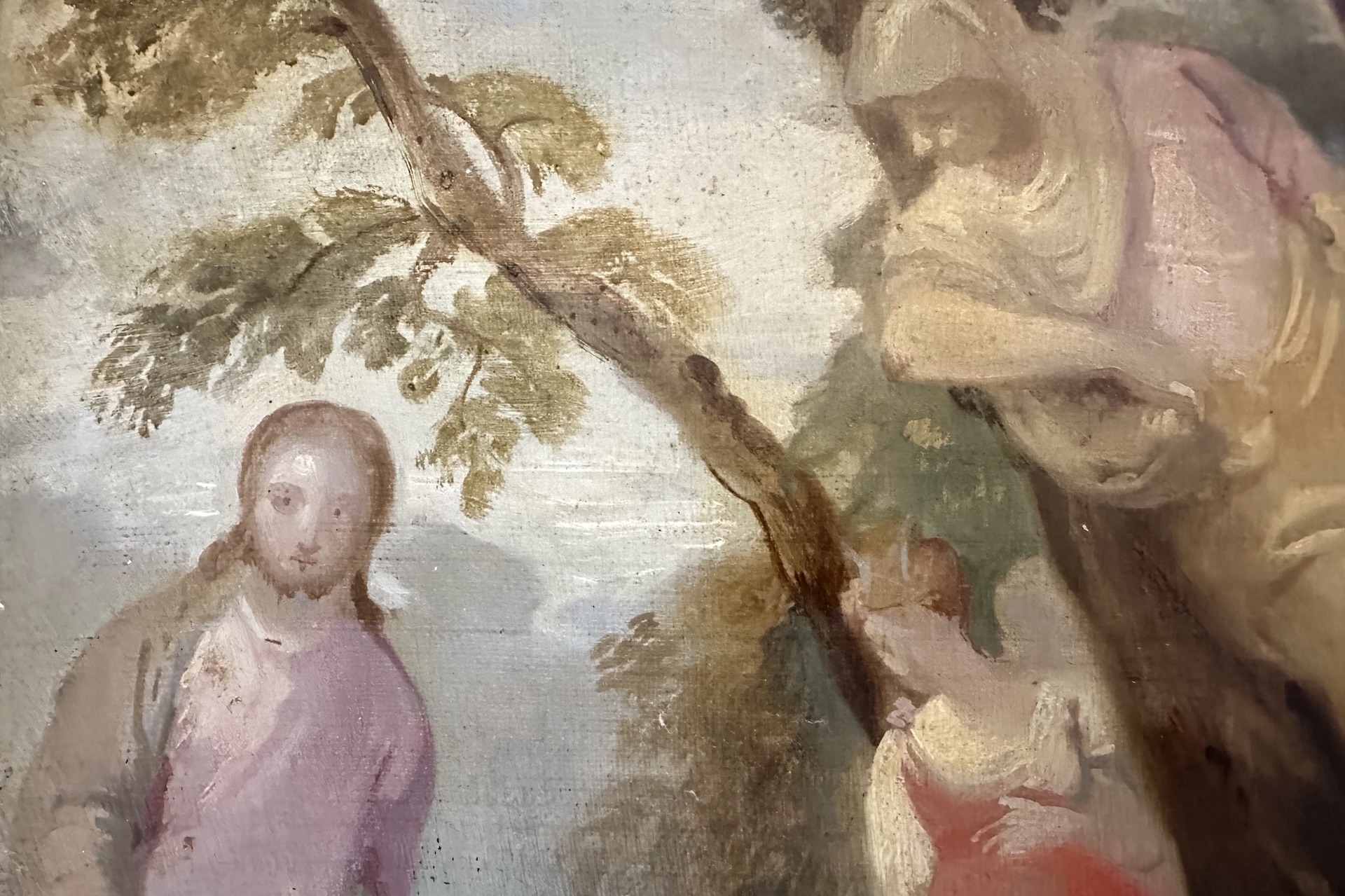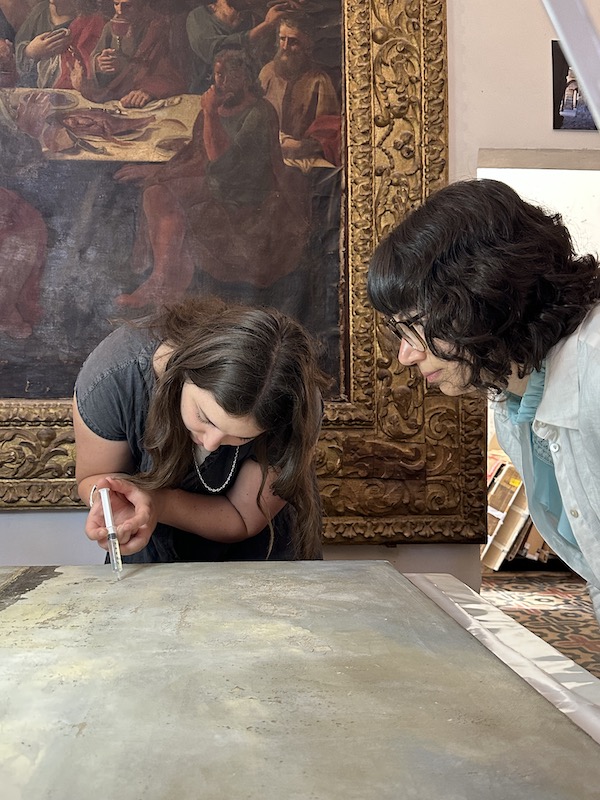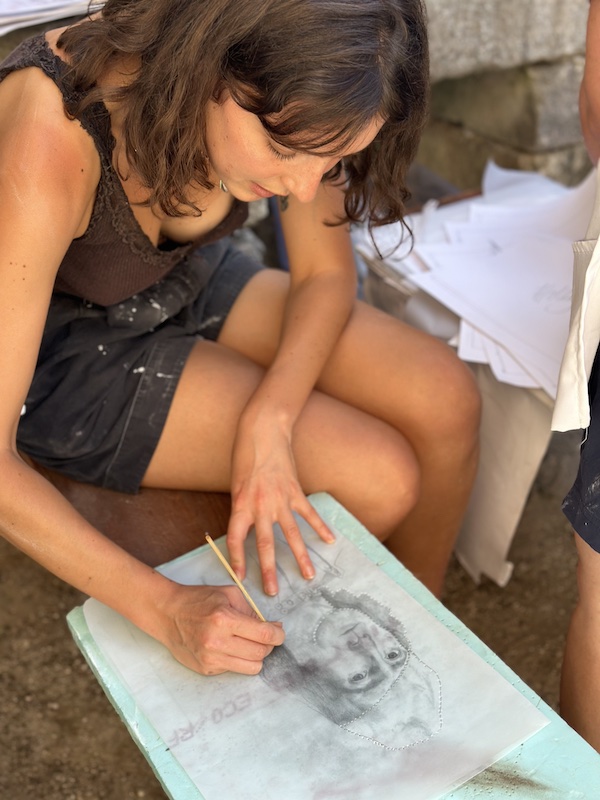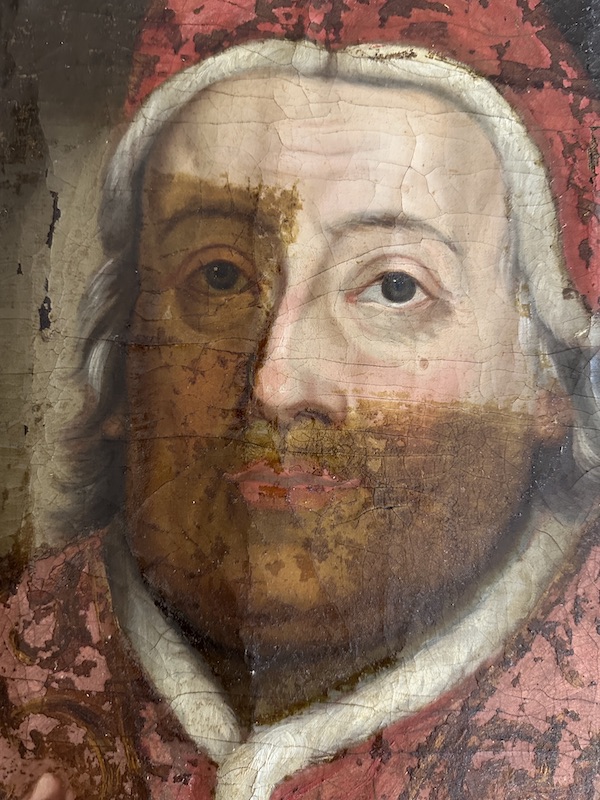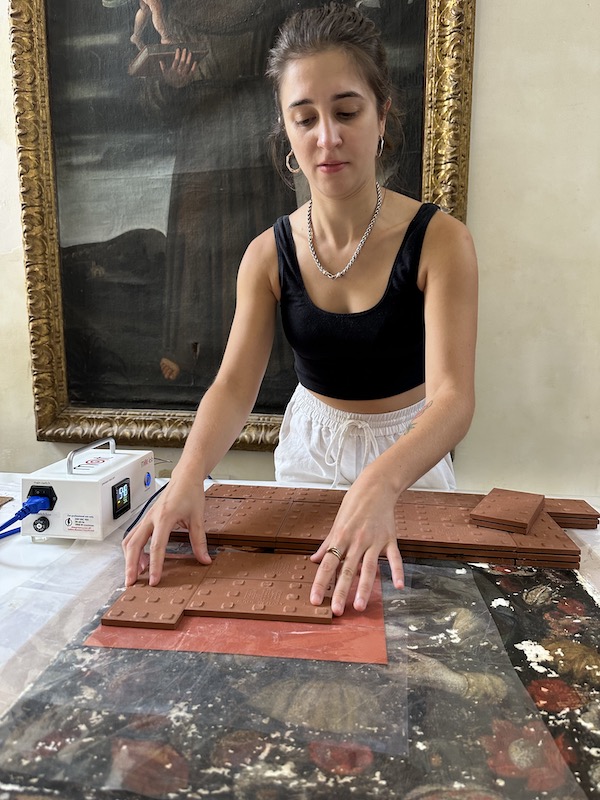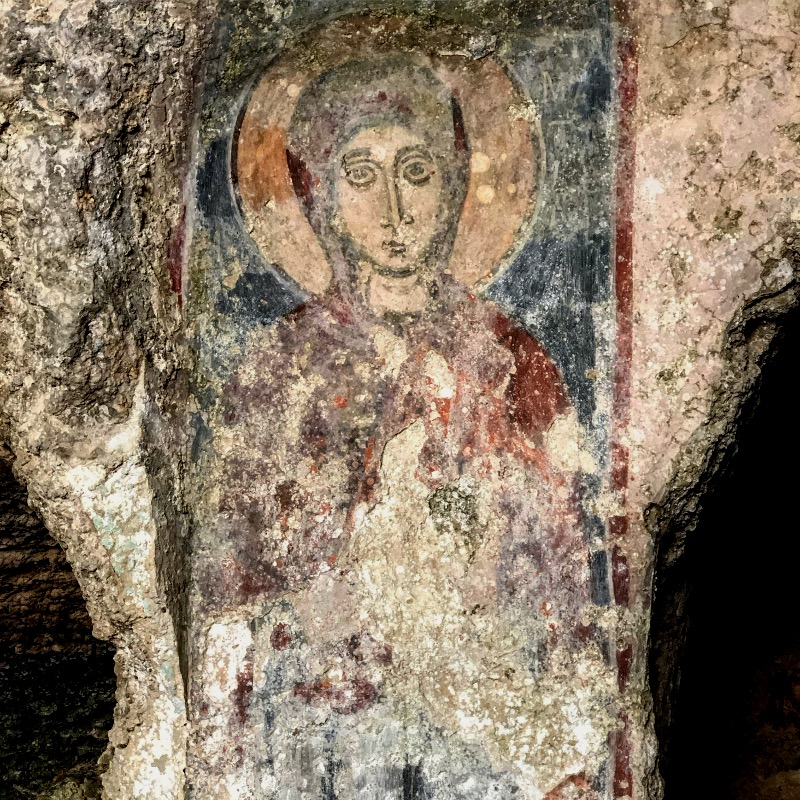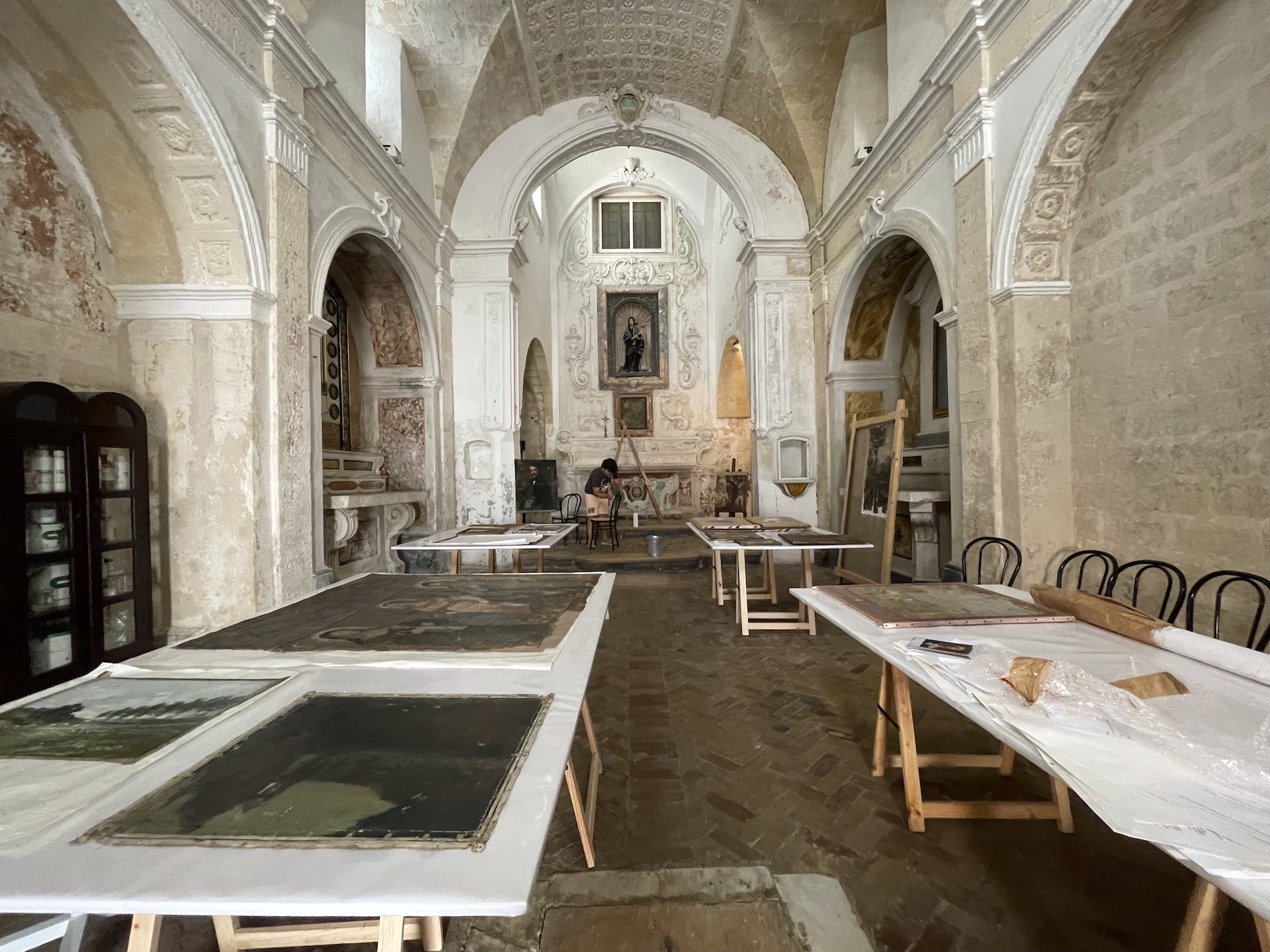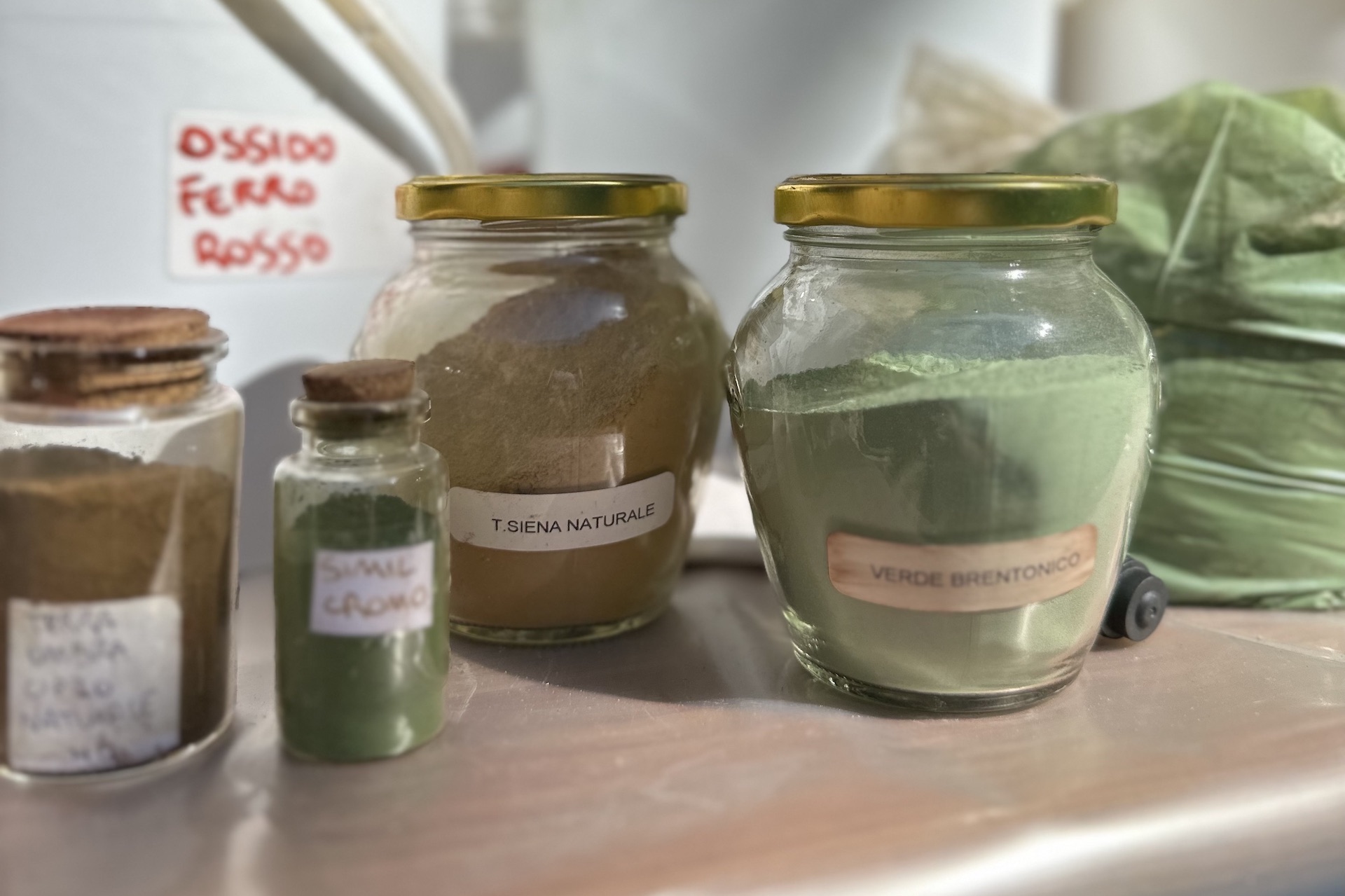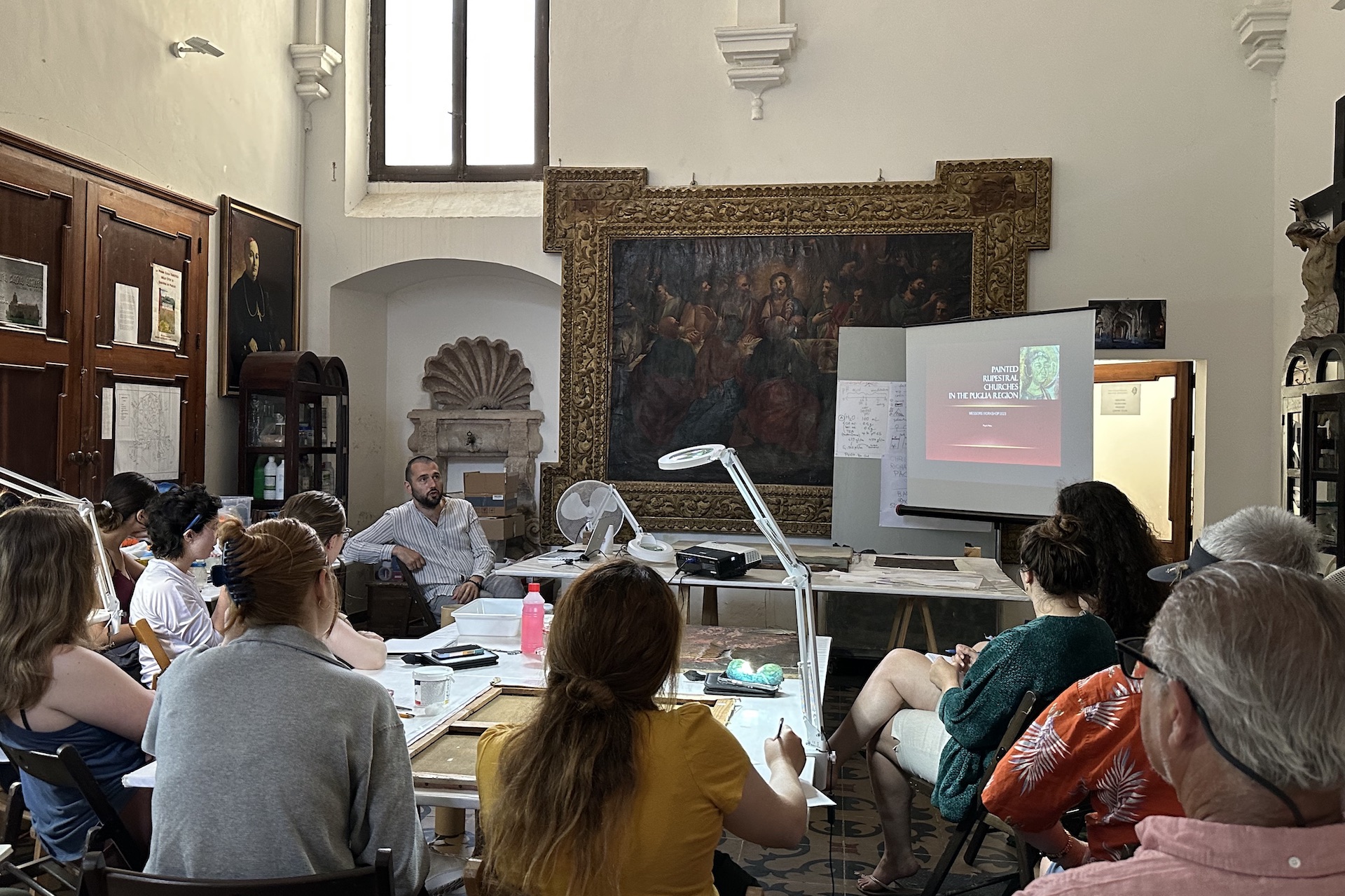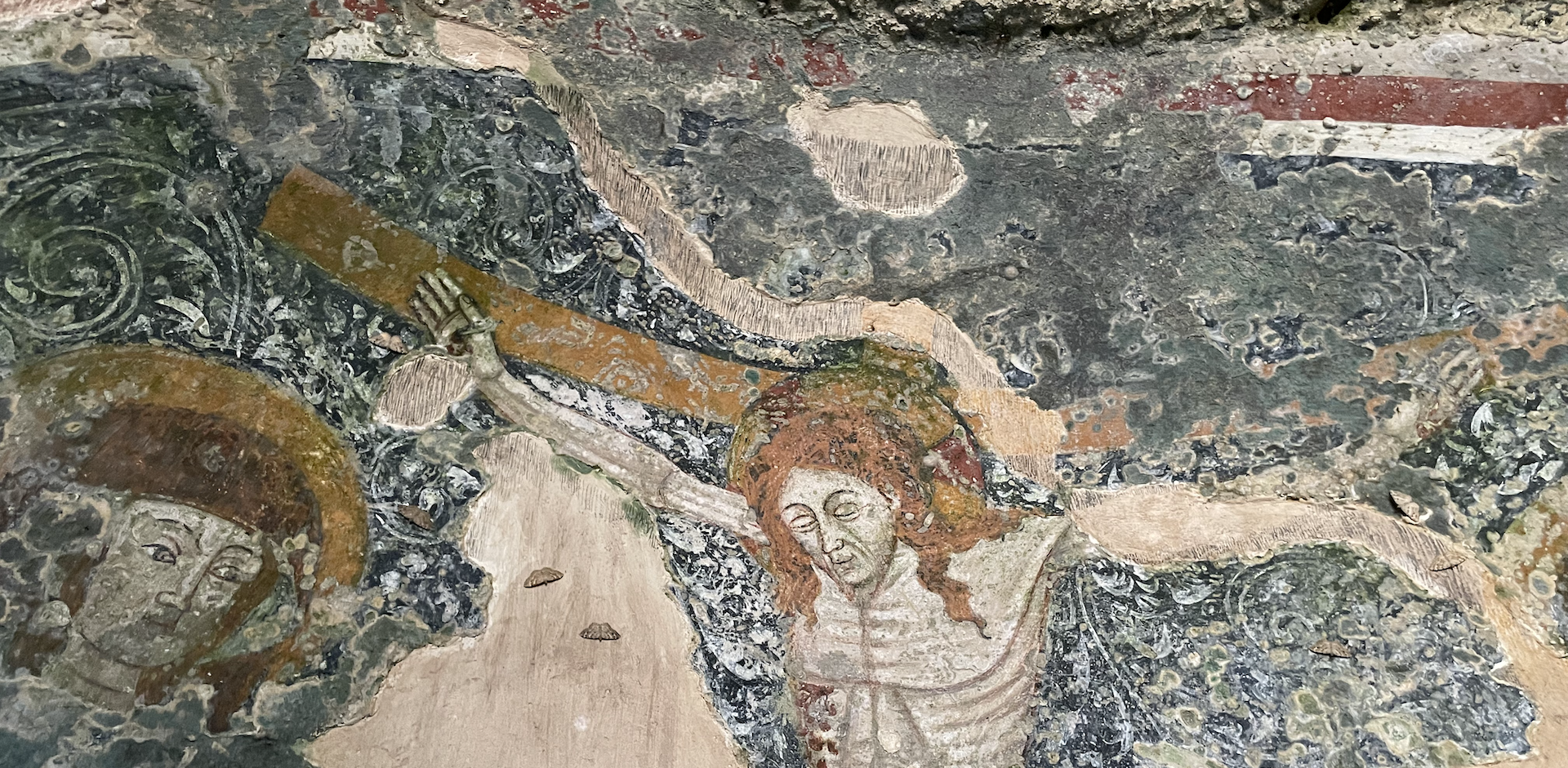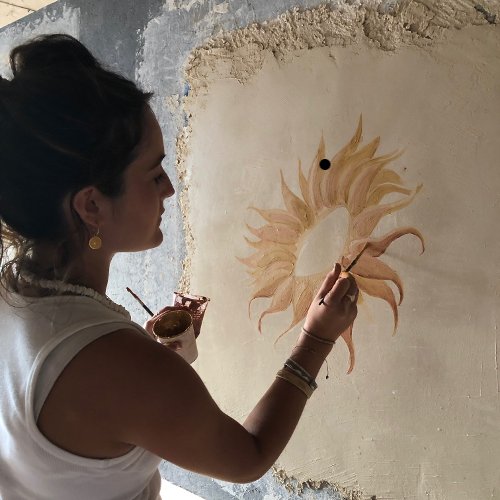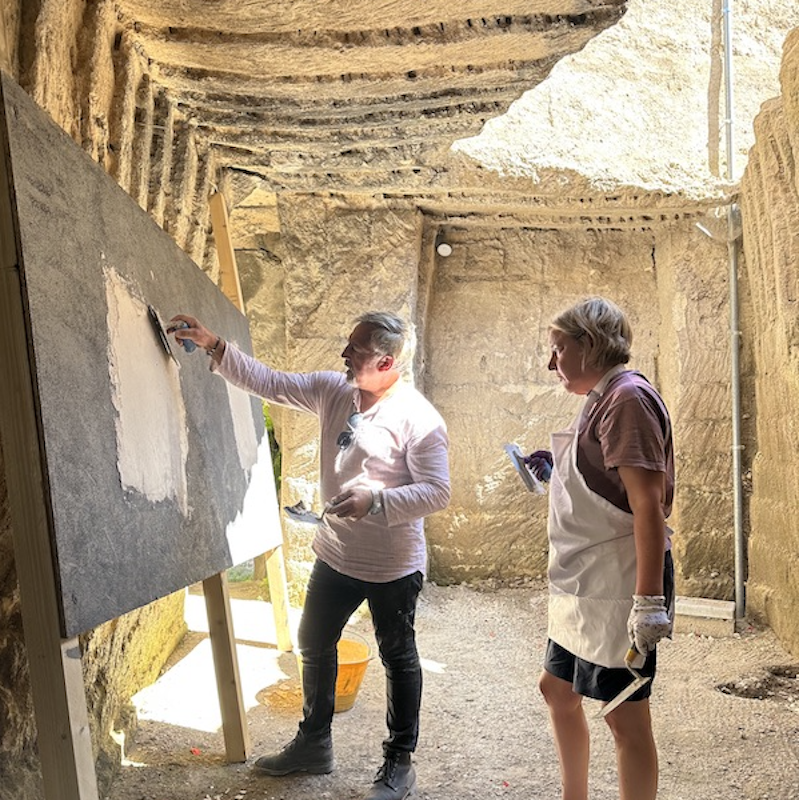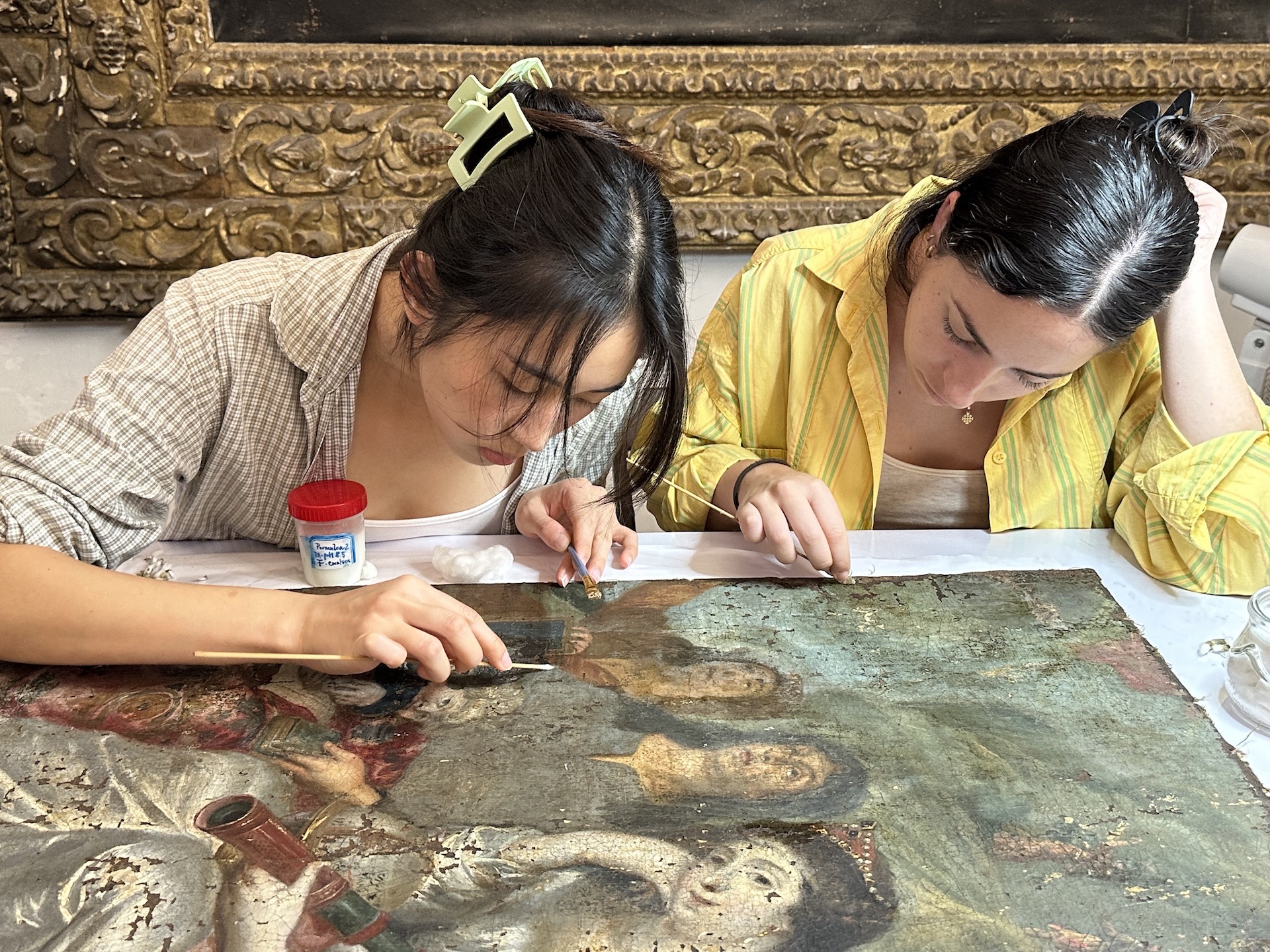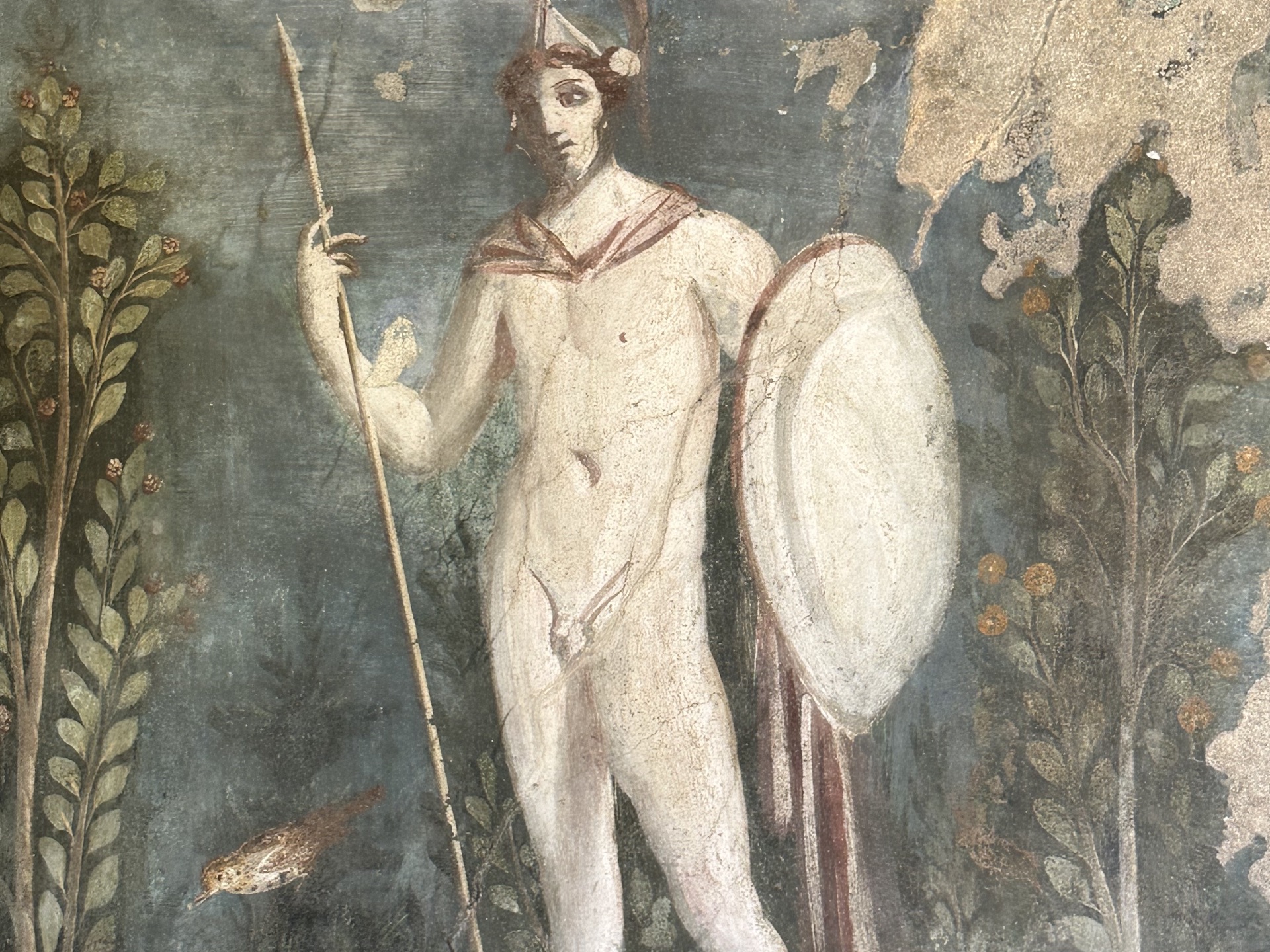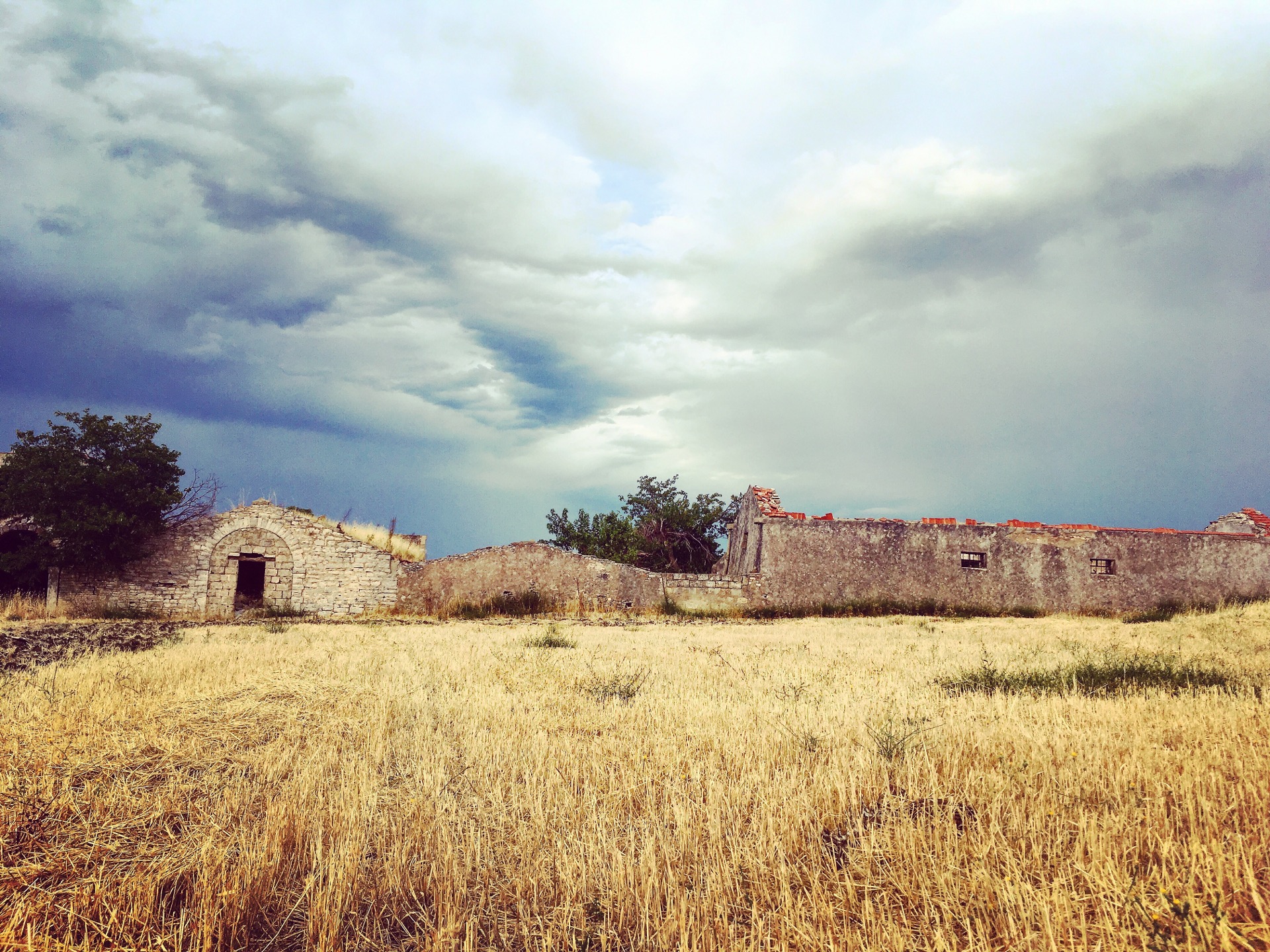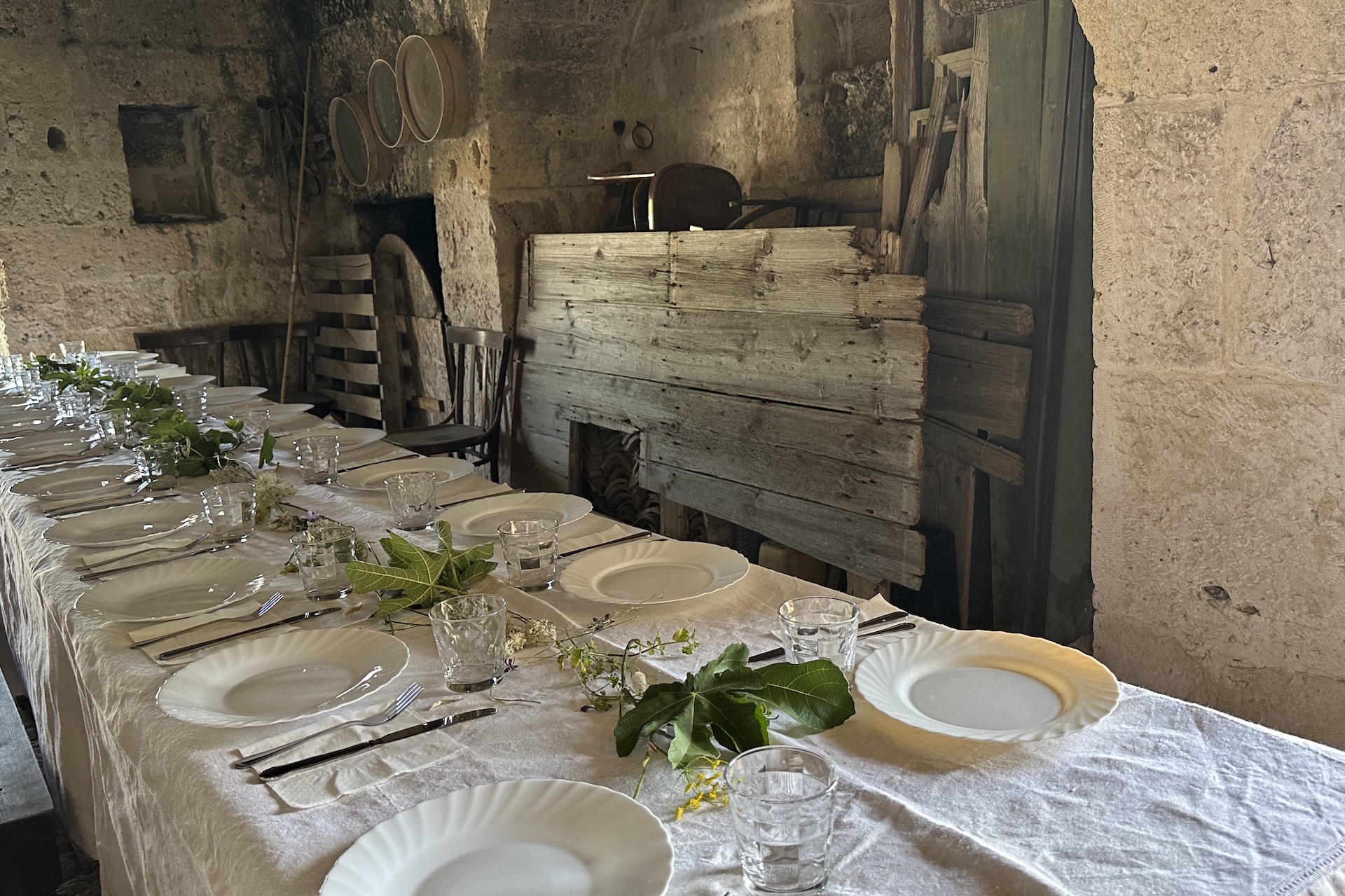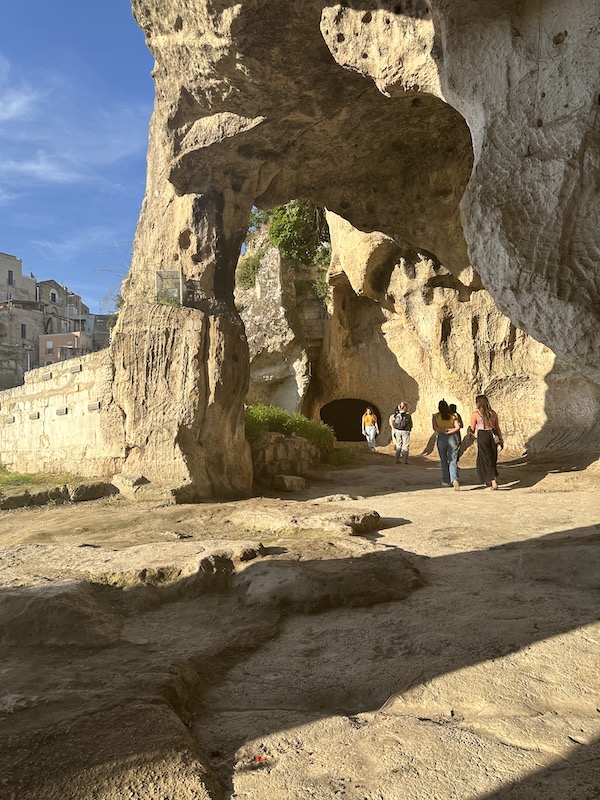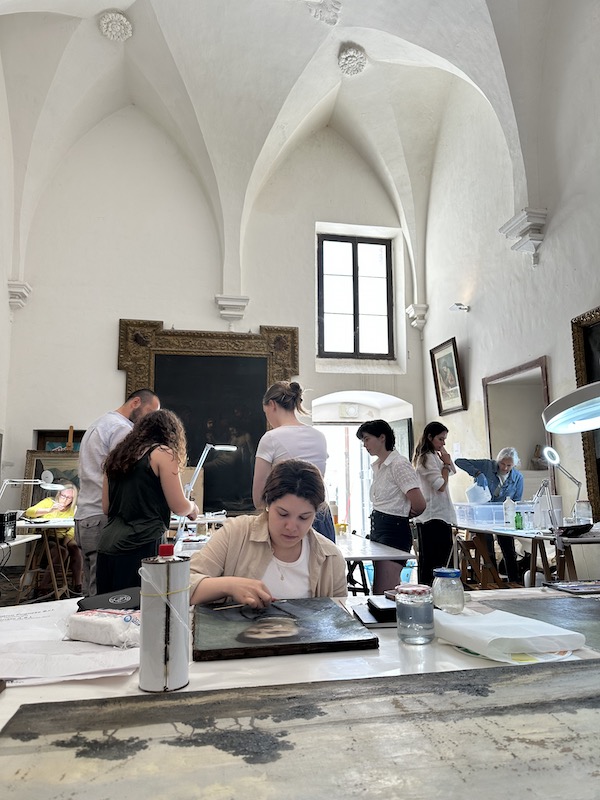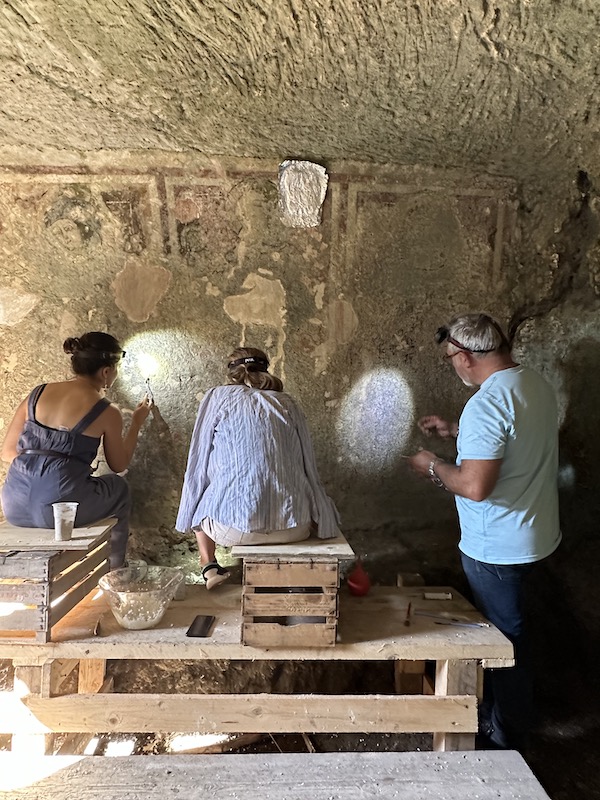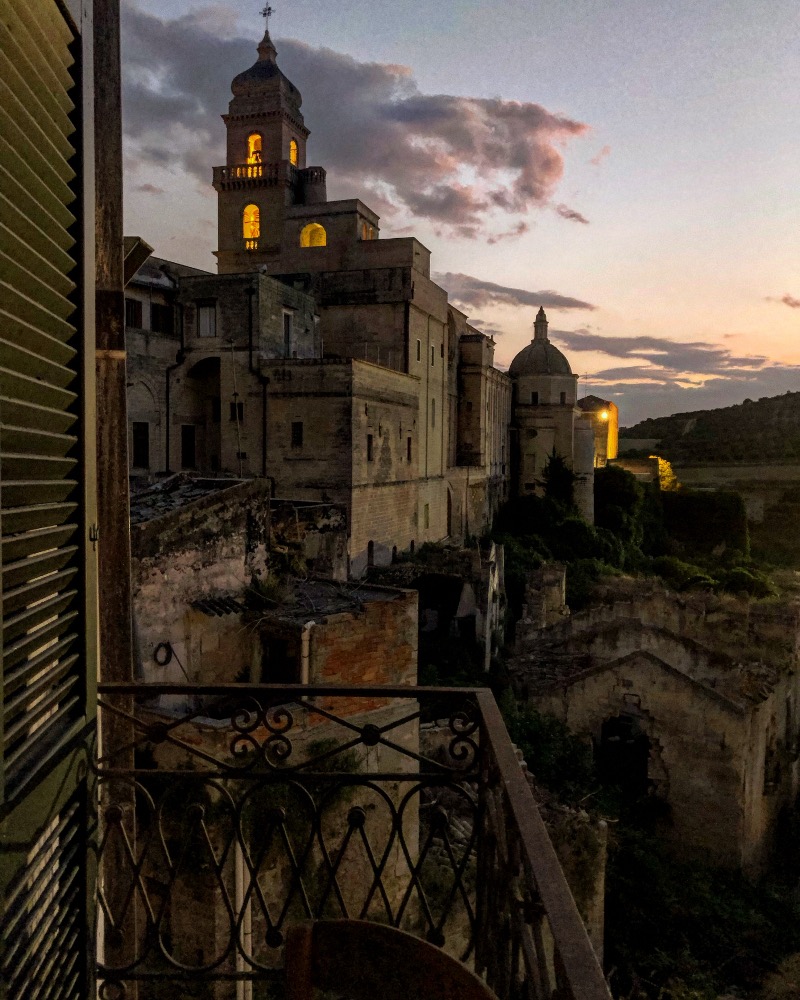Art Conservation Workshop Study Program In Italy
The course offers a practical hands-on experience in the process of conservation and restoration of cultural heritage, frescoes and fine art in the rich cultural setting of the Puglia and Basilicata regions of Italy.
The session provides a practical focus, allowing participants ample opportunity to practice conservation methods and techniques and creation ex-novo. The workshop is complemented by seminars in History, Iconography and Technical Analysis.
2024 courses dates
- July 6 – 20, 2024
- July 27 – August 10, 2024
The session begins with an introduction to the principals, standards and guidelines for art conservation and restoration, practical hands-on experience, excursions, and lectures.
Conservation studies and research of frescoes are conducted in the rupestrian settlements (underground habitations) located in the Alta Murgia area.
Paintings on canvas are provided by private collections and are worked in our studio located in the main piazza in Gravina‘s centro storico.
The course also includes several site visits: Sassi of Matera (Unesco World Heritage site), the Rupestrian Churches Park, overnight in Naples, museums, art exhibitions.
The workshops are led by Art and Cultural Heritage restorer and conservator Tonio Creanza, director of Messors, and Art restorer and Iconographer Filip Petcu (University of the West, Faculty of Arts and Design, Conservation-Restoration of Painting Department, Timișoara – Romania).
The Paintings
Participants will be introduced to examples of 17th to 20th centuries paintings on canvas.
Details
Under the instruction and guidance of cultural heritage conservator and Messors Founder & Director, Tonio Creanza and Filip Petcu, art conservator and director of the Timișoara National Museum of Art, participants work on the various stages of conservation and restoration of the artworks: stabilizing the pictorial layer, tear repair, cleaning, rigatino/puntinato retouching, restretching.
The artworks selected for the program are European paintings ranging in subjects and conditions, from XVII to XX century, sourced for study and practical conservation procedures.
The Frescoes
The Frescoes of the focus of the conservation stadies and research are part of the rupestrian cave settlements located in the Alta Murgia area.
Details.
In these rural settings, the ipogei (underground settlements) represented important centres of social and religious activities. The communities of this area created their own cultural identity, finding artistic expression in works of religious iconographic art.
Between the 8th and the 12th centuries, small monastic and lay communities emigrated to Southern Italy. The high Murgia was one of the places of major activity due to it being the point of contact between two religious currents: the Latin Monastic tradition and the Basilian monks from Cappadocia (Turkey) and Armenia, of Greek Orthodox origin.
Participants will practice creating their own frescoes employing traditional techniques and materials for making the plaster, sinopia underdrawings, and painting with natural pigments, to understand the process involved in the fresco technique and the related phenomenon of degradation.
Participants will also be introduced to the conservation procedures such as removing moss and calcification, stabilizing the plaster with lime injection, integrating missing portions of plaster, touching up of colours, etc.
In 2014, we embarked on conservation and restoration on the site of Fornello which includes a Byzantine fresco cave, twelve additional cave dwellings, and a surrounding settlement dating back to the 3rd-century B.C.E. It is one of the most interesting and historically important sites in the Murgia region of Puglia.
As the Fornello Project is in its earliest stages of conservation, participants will be some of the first to examine, study and work on a site in its most natural environment and state of deterioration. Students of universities may choose to develop a curators plan as to how to oversee the site and the project’s future.
The frescoes are comprised of three layers dating 1100, 1200 and 1350. They document a link and a time in history when Byzantine communities spreading from the Balkans were establishing themselves in Puglia in the rupestrian settlement. The projected goal is to restore each layer and its distinctive iconography and identity to life and to expose the earliest dated fresco.
Program Contents
Workshops include:
- Introduction to the history and the art of the Alta Murgia region.
- Byzantine iconography lecture.
- Traditional natural materials and compounds used in antique arts and decoration.
- Preliminary techniques in the conservation process.
- Common types of degradation and alteration.
- Planning restoration and conservation projects.
- Studio and in-situ/onsite practical activities.
The session provides a practical focus, allowing participants ample opportunity for practice in conservation techniques and creation ex-novo. The workshop includes seminars in Art History, Iconography and Technical Analysis. The course also includes several site visits to Sassi of Matera (Unesco World Heritage site), the Rupestrian Churches Park, overnight in Naples, museums, art exhibitions, and an afternoon at a coastal town or beach.
Workshop Dates 2024
Course 1: July 6 – 20, 2024
Course 2: July 27 – August 10, 2024
- Includes arrival and departure dates
What to expect
Onsite work and study are scheduled in full and half days. Conservation procedures in underground caves alternatively with studio work on paintings, lectures, one to two hours field walks, archaeological sites, and historic towns, full days out, one to two hours drive to visit other site destinations, Meals: homemade regional dishes, picnics, local osterie’s and pizzeria’s, accommodation in shared bedrooms.
Typical schedule: breakfast, Lectures/practical work in the mornings. lunch, Excursions and visits in the afternoon. Day trips to historical sites with lunch on site. Towns and rural countryside settings.
2024 Workshop Fee:
3660 EUR
- Includes: tuition and lectures, workshop instructions, guided tours and field trips, your stay (shared occupancy) at our workshop accommodation, meals (exception of 5 dinners, 4 lunches, 4 breakfast), transportation from and to Bari on arrival and departure day.
- Does not include: personal expenses such as airfare, train fare, health & travel insurance, or spending money.
Field Trips
- Unesco World Heritage Site of Matera and its Sassi.
- Rupestrian frescoed churches.
- Napoli, with an overnight in the Parthenopean capital.
- Museo Archeologico Nazionale di Napoli (optional, entrance ticket not included in tuition fee).
- Pio Monte della Misericordia, Napoli – Seven Works of Mercy, Caravaggio (optional, entrance ticket not included in tuition fee).
- Cappella Sansevero, Napoli (optional, entrance ticket not included in tuition fee).
- Gravina, Botromagno, Museum Foundation E. Pomarici Santomasi
- Family style long table dinners and picnics, dinners out.
- An afternoon swim at the beach or an evening on a coastal town.
*Field trips and projected itinerary are subject to changes depending on weather conditions, museum and third parties operating hours, and unforeseen circumstances.
Registration.
For inquiries and/or requests for an application form, email messors.tonio@gmail.com.
This is a hands-on and in-situ workshop to complement studies in the fields of conservation, arts, history & anthropology, archaeology, etc. It is open to students and those keen on understanding the processes of restoration & preservation of art and cultural heritage.
We remind applicants that works of art and historical sites are part of the National Italian Cultural Patrimony and must be treated with care and attention. Any practical intervention and actions while learning are under supervision and guidance.
The activities in this workshop involve handling tools like scalpels and chisels, fine motor skills, and operating in a low-lighting environment in the cave sites.
Also, we remind participants to be aware that we will be spending some full days out, which entails walking in open fields and uneven terrain, ancient towns with stone paths, stairs, hills, etc, and working on a rural site; to expect summer temperatures in southern Italy; to assume the responsibility of being in good health and physical abilities to undertake the workshop.
As all of the participants range greatly in age and background, we ask you to be considerate of all participants and be a fellow participant who can participate in activities and walks and appreciates being ready for some impromptu experiences which will arise that create adventure and learning environment.
Workshops are instructed in English, and lectures are translated when necessary.
Registration by application, healthy individuals, age range suggested 18 – 65.
Applicants not in the suggested general age range are welcome to inquire in order to over site details and what to expect.
You must be 18 to register (16-year-old if accompanied by an adult).

